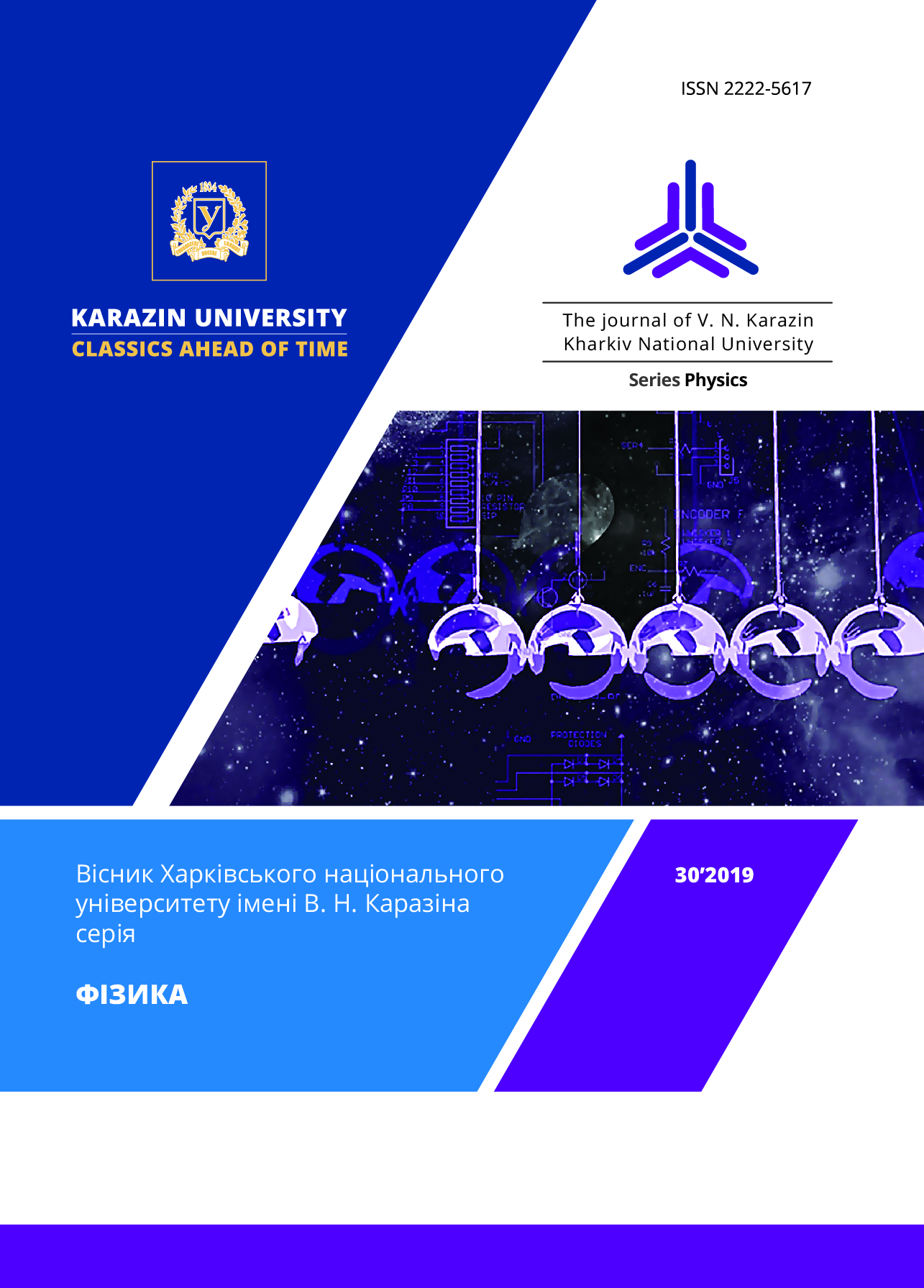The number of images of a point source in an N-point gravitational lens
Abstract
An important problem of the theory of gravitational lensing is the problem of studying images of a given source in a given lens. A special case of this problem is the problem of the number of images of a point source in a planar N-point gravitational lens. On this issue, several papers have been published. Most of the works are devoted to the upper bound on the number of images. However, there is no work on the lower bound on the number of images. The present work is devoted to this question.
The article calculates what the minimum number of images of a point source in an N-point gravitational lens is equal to. Proven the theorem about infimum of a number of point source images in the N-point gravitational lens. Is proved that this limit is being reached. In particular, it is established that a point source has a minimum number of images in the lens if all point masses are equal and located on the abscissa axis. Besides, the source is also on the abscissa axis. Regular and non-regular cases are considered. Using the theorem that was proved in the paper and the previously known results, a classification theorem about the number of images of a point source in an N-point gravitational lens is formulated.
The theorem proved in this paper is illustrated by an example of point source images in a binary lens. The point masses in this lens are the same and are located on the abscissa axis symmetrically with regard to the origin of the coordinates. The minimum number of point source images, in this case, is three, and the maximum is five. A point source has a minimum number of images if it is located on the abscissa axis.
The paper used methods of mathematical analysis, theory of functions of real variables and algebraic geometry.
Downloads
References
A.F. Zakharov. Gravitacionnye linzy I mikrolinzy, Janus-К, М. (1997). 328 c.
P. Schneider, J. Ehlers, E.E. Falco. Gravitational lenses, Springer-Verlag, Berlin Heidelberg (1999), p. 560.
S.D. Bronza, A.T. Kotvytskiy. Bulletin of V.N. Karazin Kharkiv National University (Physics), 26, 1120, 6 (2017).
А.Т. Kotvytskiy, S.D. Bronza, К.Ju. Nerushenko, V.V. Shablenko. Zbirnyk naukovyh prac VI Migregionalnoj naukovo-praktychnoj konferencii «Astronomija I sogodenna» Vinnyca (2017), s.198.
A.T. Kotvytskiy, S.D. Bronza, S.R. Vovk. Bulletin of V.N. Karazin Kharkiv Karazin National University (Physics), 24, 55 (2016). (arXiv:1809.05392)
О.А. Оsmaev, К.V. Маtvienko. Тezy 80 CNTK UkrDUZT, Kharkiv (2018), s. 216








3.gif)
